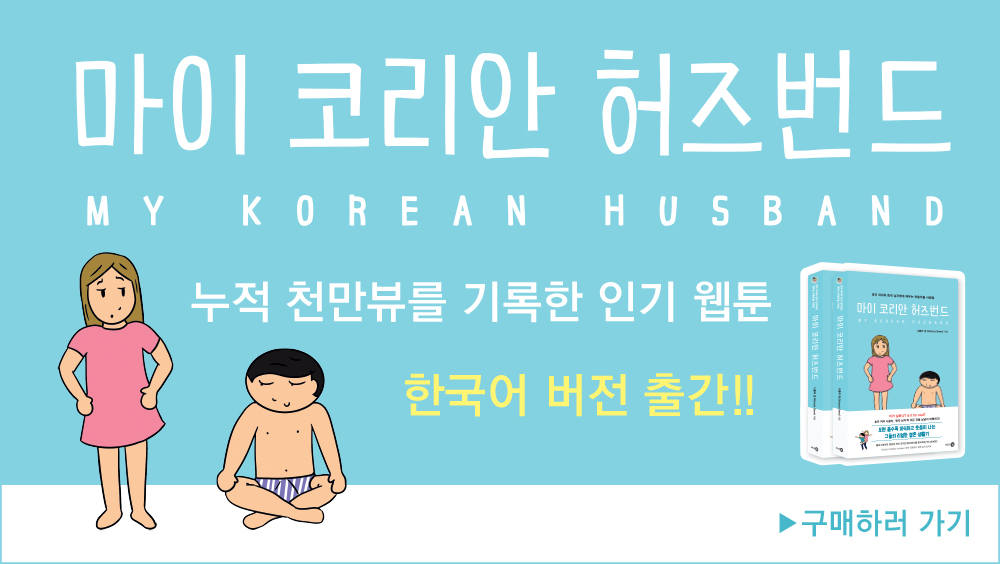What food can you buy at local markets?
In this video we head to our local markets to show you the type of food we often buy from there. One of the stalls was selling dalogna, which has become internationally popular recently because of the TV show ‘Squid Game’. While this show is definitely NOT FOR KIDS, it features children’s games in it. Dalgona is a honeycomb candy where children try to get the shape out without breaking the actual shape. It’s been around for several decades but popularity had dwindled in recent years. It’s now been very much revived and apparently there have been huge lines for it as young adults are keen to try it. We were lucky to find it locally without there being big lines.
You may have heard fruit and vegetable can be expensive in Korea, and while that can be true for big supermarkets or department stores, it’s usually decent prices at markets like this and sometimes can be very cheap. Food in general at markets tends to be cheap and it’s an easy way to put together a meal for at home with a variety of meat and seafood, as well as already prepared side dishes.
Hugh and Yul try out some different food in this video, as well as attempting the dalgona game. This is probably the most natural situation we have filmed that shows how Yul is bilingual. You may notice that he uses English when talking to both of us, he will use Korean when talking to Hugh directly and English when talking to me directly. When talking to both of us he may mix some Korean and English into one sentence and this is called “code mixing” and is normal at this age. This is different from “code switching” that bilingual adults use as this is more a part of bilingual development as he learns both languages, but even at this age he is well aware of which language a word belongs to.
Yul switches between languages easily and is a similar level in both. What he speaks is not “Konglish” as I’ve seen some people say, as Konglish means English words that have been absorbed into the Korean language but have changed somewhat in meaning. Konglish is also different from English loan words in Korean, which retain their original English meaning. Yul competently speaks both languages, knows when to switch and only code mixes when he knows that we will understand. There is a lot of myths about kids and bilingualism, one of them being that they are confused, but it’s really not true at all.

Recent Comments